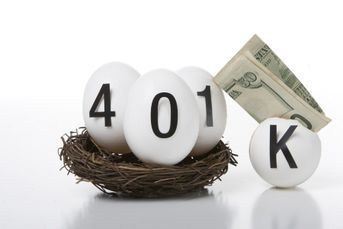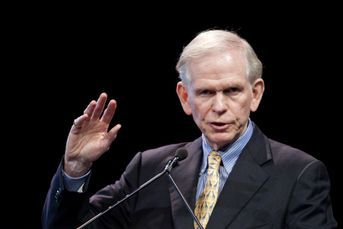The ultimate Obamacare investment play?
Obamacare may be off the debt ceiling agenda but for investors, there is an exchange-traded fund that holds all the businesses likely benefit. It's had a good run so is there still upside potential?
It just may be the ultimate play on Obamacare.
The $55 million SPDR S&P Health Care Services exchange-traded fund (XHS) holds insurers, hospitals, clinics, rehab centers and nursing homes — all of which are about to get more paying customers from an injection of billions of dollars a year in a variety of new taxes. Its far larger rivals, including the popular $7.5 billion Health Care Select Sector SPDR ETF (XLV), have little or no exposure to hospitals.
While the narrowly focused, equal-weighted XHS is in a good position to profit from Obamacare, it’s hardly undervalued. Since its launch two years ago and all through the legislative saga, XHS has been a top performer among the 22 health-care ETFs. Over that time, the fund has had a 77 percent return, 12 percent more than the broad health-care sector. XHS has seen assets quadruple since the start of the year; assets in all health-care ETFs are up 63 percent.
For those betting there’s more room to run, there are a few reasons to consider XHS.
Hospitals are the big winners in the Affordable Care Act because more people — up to 27 million – could end up buying insurance and going for procedures. Unlike in times past, the hospitals won’t have to do a lot of those procedures for free. Hospitals aren’t compensated for between 25 and 30 percent of the care they provide, according to Bloomberg Industries.
That prospect of higher compensation is one reason why HCA Holdings Inc. (HCA), Tenet Healthcare Corp. (THC) and Community Health Systems Inc. (CYH) are all up over 180 percent over the past two years. XHS has 18 percent of its assets in hospital stocks, the most of any ETF.
All of the big, broad health-care ETFs have less than 2 percent of assets hospitals. That’s because these market capitalization-weighted ETFs track large-cap health-care stocks and many publicly traded hospitals are small- and mid-cap companies. While such stocks would have little impact in a market-weighted ETF, with XHS, every holding gets a 2 percent weighting, whether it’s a large-, mid- or small-cap stock.
A narrowly focused rival to XHS is the iShares U.S. Healthcare Providers ETF (IHF), which has 14 percent of its assets in hospitals. The market-cap-weighted fund is highly concentrated, with its top 10 holdings making up 62 percent of its portfolio. XHS has outpaced it by 7 percent over the past two years and is cheaper, with an expense ratio of 0.35 percent, compared to IHF’s 0.46 percent. (The average expense ratio for a health-care ETF is 0.45 percent.) In addition, XHS yields 3.1 percent, compared to IHF’s 0.66 percent.
The health insurers in XHS’s portfolio could also help keep it an outperformer. They make up about 20 percent of assets. A recent article in ETF Trends notes that Credit Suisse analyzed which insurers are best positioned in early days to get customers on the 36 federally run health care insurance exchanges, and WellPoint Inc. (WLP), Aetna Inc. (AET) and Humana Inc. (HUM) were on the list. Each represents 2 percent of XHS’s assets.
One concern with XHS’s exposure to insurers: With the increased pickup in medical activity, it’s unclear how much of their newfound revenue will go out in the form of payments to the insured.
Another plus is the Street’s early nod to XHS. When the Supreme Court upheld Obamacare in June 2012, XHS was the best performer among its peers for the day. It gained 2.5 percent, driven largely by its hospital holdings. IHF was up 1.5 percent, and every other health-care ETF was down between 0.24 percent and 2.44 percent. While many of the health-care ETFs rebounded in the following weeks, institutional money snapped up the hospital stocks held in XHS. The market was saying those hospitals are likely big winners in Obamacare.
And then there’s the baby boom. By 2060, the number of Americans older than 65 will more than double, to 92 million, accounting for one in five Americans. That’s a powerful tailwind to the health-care sector. And you know how baby boomers are — they’re going to do their best to live forever, driving still more money into the sector. That may be the ultimate demographic bet.
(Bloomberg News)
Learn more about reprints and licensing for this article.








